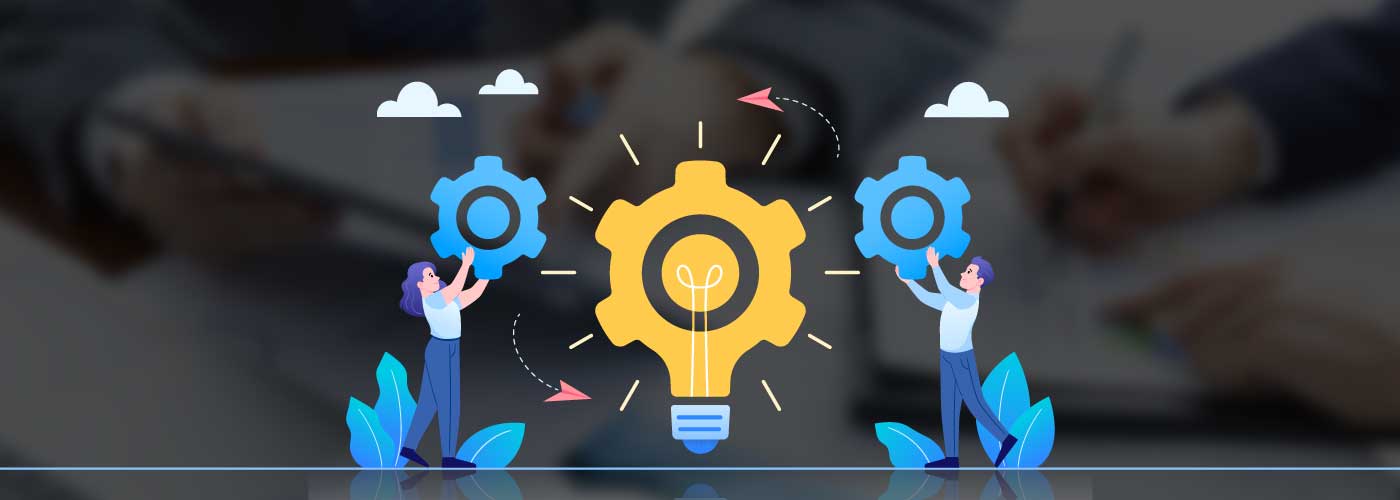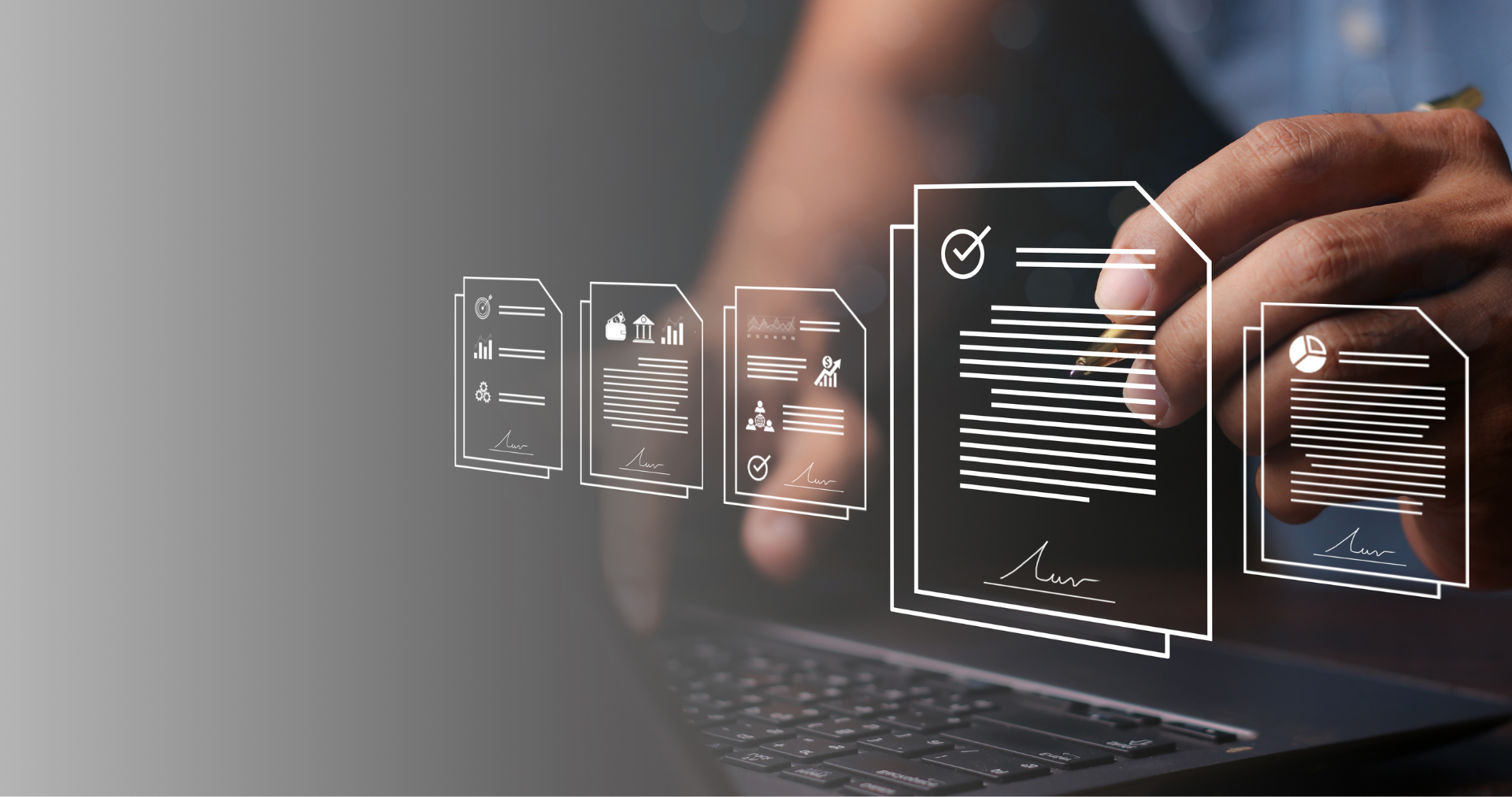There has been exciting evolution on the contract lifecycle management (CLM) front – proving the tech solution of tomorrow is here now.
JD Supra
JD Supra notes that the contracting process as we knew it started with humble beginnings. What began with “file cabinets of hanging folders, individual drives, and legacy platforms” has given rise to contract lifecycle management (CLM) as we know it today. CLM has modernized thousands of legal departments, but its next iteration promises better and more powerful solutions.
The modern version of CLM collects, collates, stores, enhances, and manages contracts for the legal department. Its new avatar will assist in leveling up collaboration and the current contracting process landscape.
Half of legal professionals (47%) believe their tech is outdated.
JD Supra
3 Ways Modern CLM Enhances Contracting and Collaboration
With breakthrough technology such as Artificial Intelligence (AI) and Machine Learning (ML), CLM has never been more efficient. CLM mitigates the risks associated with human error, renews contracts that are about to expire, and offers easy access to thousands of contracts in seconds. Find out about the 3 ways contemporary CLM goes beyond automation for legal and bridges the divide between legal and the organization.
1) Single Platform for Workflow Transparency
In a legal department with manual contracting processes, a majority of contracts are filed, some are scanned and uploaded, and others are on cloud servers. With multiple sources for contracts, the legal department has to assist teams when they need access to contract information. A single CLM platform offers the entire organization transparency into workflows and helps boost collaboration. There can be several users allocated to a CLM platform with varying levels of security for these crucial and confidential documents.
A Harvard Business Review article notes that implementing “a centralized, cloud-based system” can help procurement teams “become true strategic partners”. Contracts that are managed on a central platform allow access to all teams and enable them to work as a cohesive unit to meet the company’s goals.
2) Fast-tracks Agreements
Contracts are the cornerstone of deals and partnerships. Organizations rely heavily on their sales and legal teams to work together to facilitate and close deals. While the sales teams strive to hit their targets, the legal department will meticulously pore over the contracts to ensure that it meets the best interests of their companies.
With both teams ultimately working towards the same goal – closing deals – they will need to work in tandem, and next-gen CLM offers them the data and processes to make it happen. JD Supra states that the improved CLM has the capability to allow sales and legal departments “to redline contracts simultaneously, often in two minutes or less”. The time-savings are phenomenal, allowing deals to be closed up to 24% faster! CLM provides the contract review and redlining accuracy the legal department demands, and the output speed which the sales team requires.
3) Enhances Revenues and Automates Renewals
Organizations need to stay on top of their contract renewals to keep generating revenues and maintain their deals. CLM can automate contract renewals or notify legal departments when it’s time to renew them. In addition, turbocharged CLMs offer contract playbooks which include guidelines for negotiations.
Legacy contracting paved the way for today’s CLM. AI and ML drive CLM capabilities to finetune the legal department’s contract management, while ensuring that the organization’s requirements are met at the same time. After all, who doesn’t want a win-win situation for legal, sales, and the organization on the whole?










